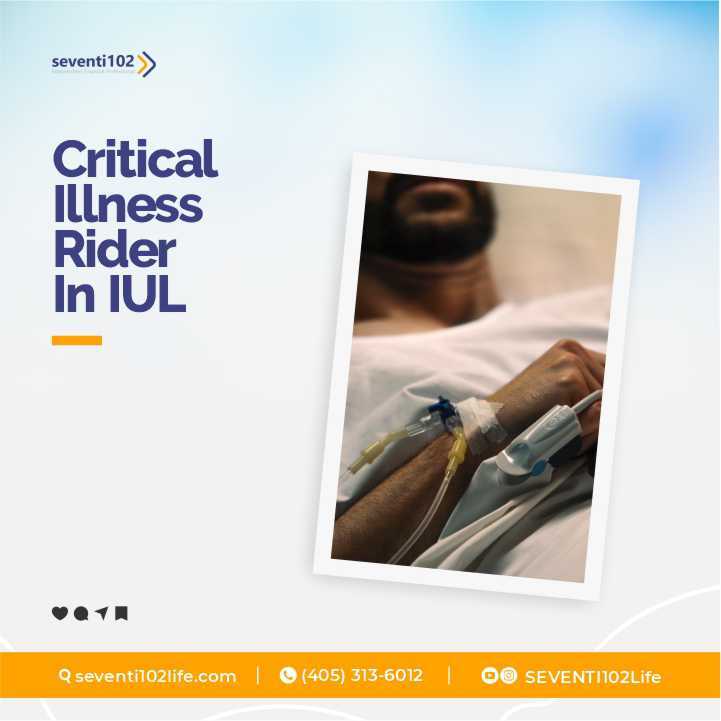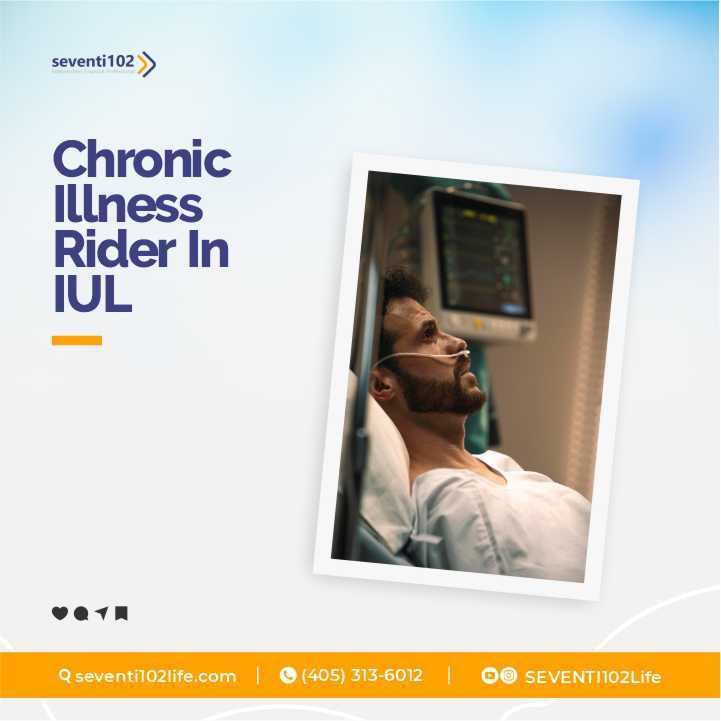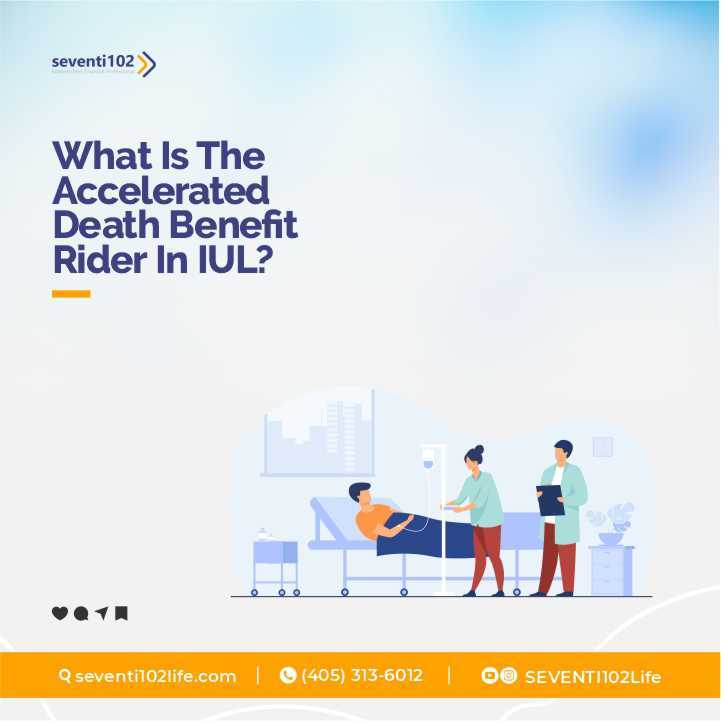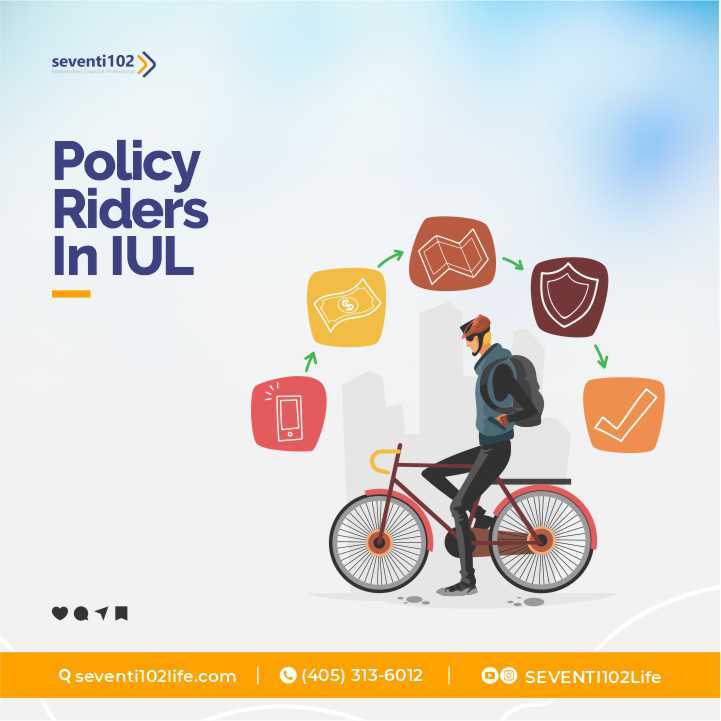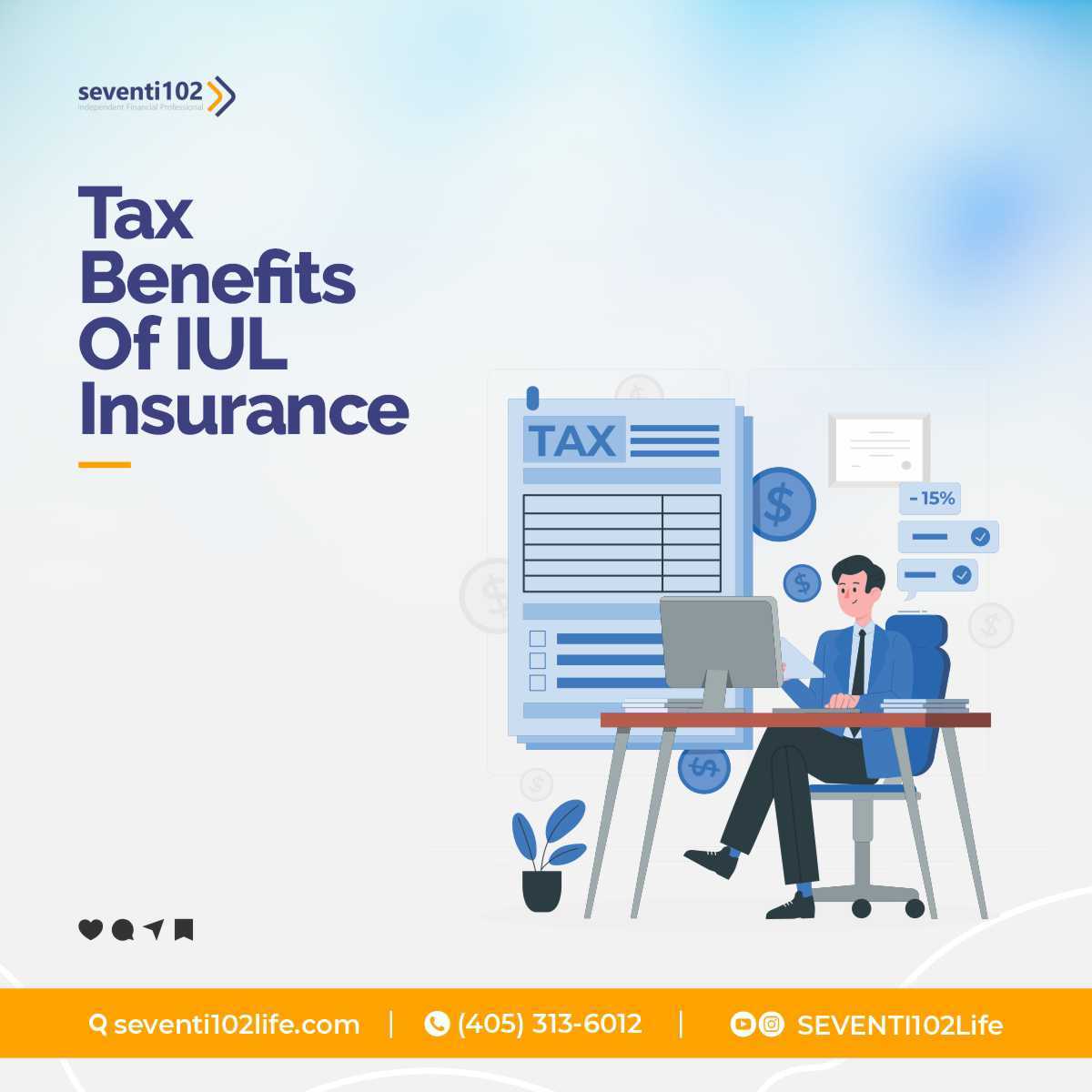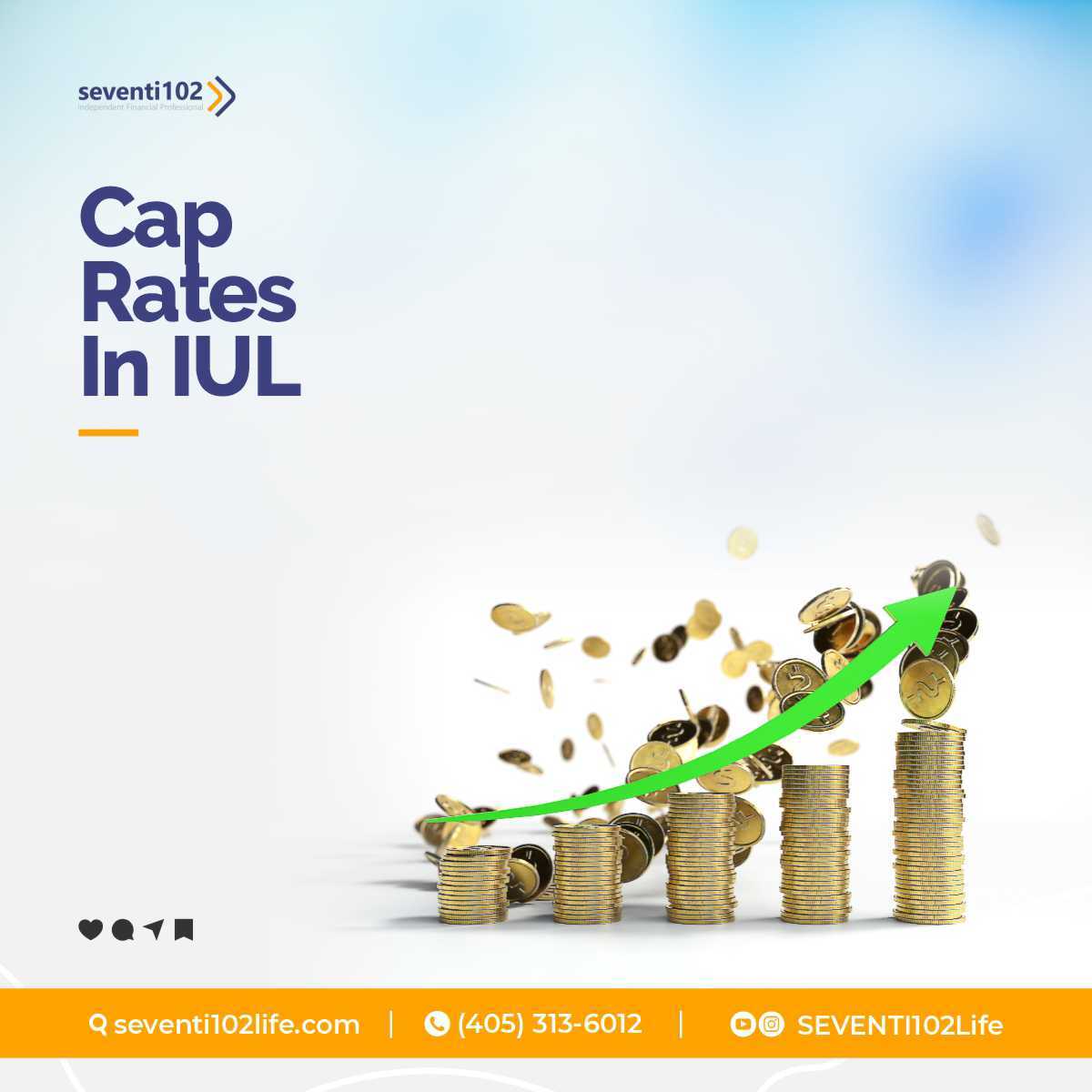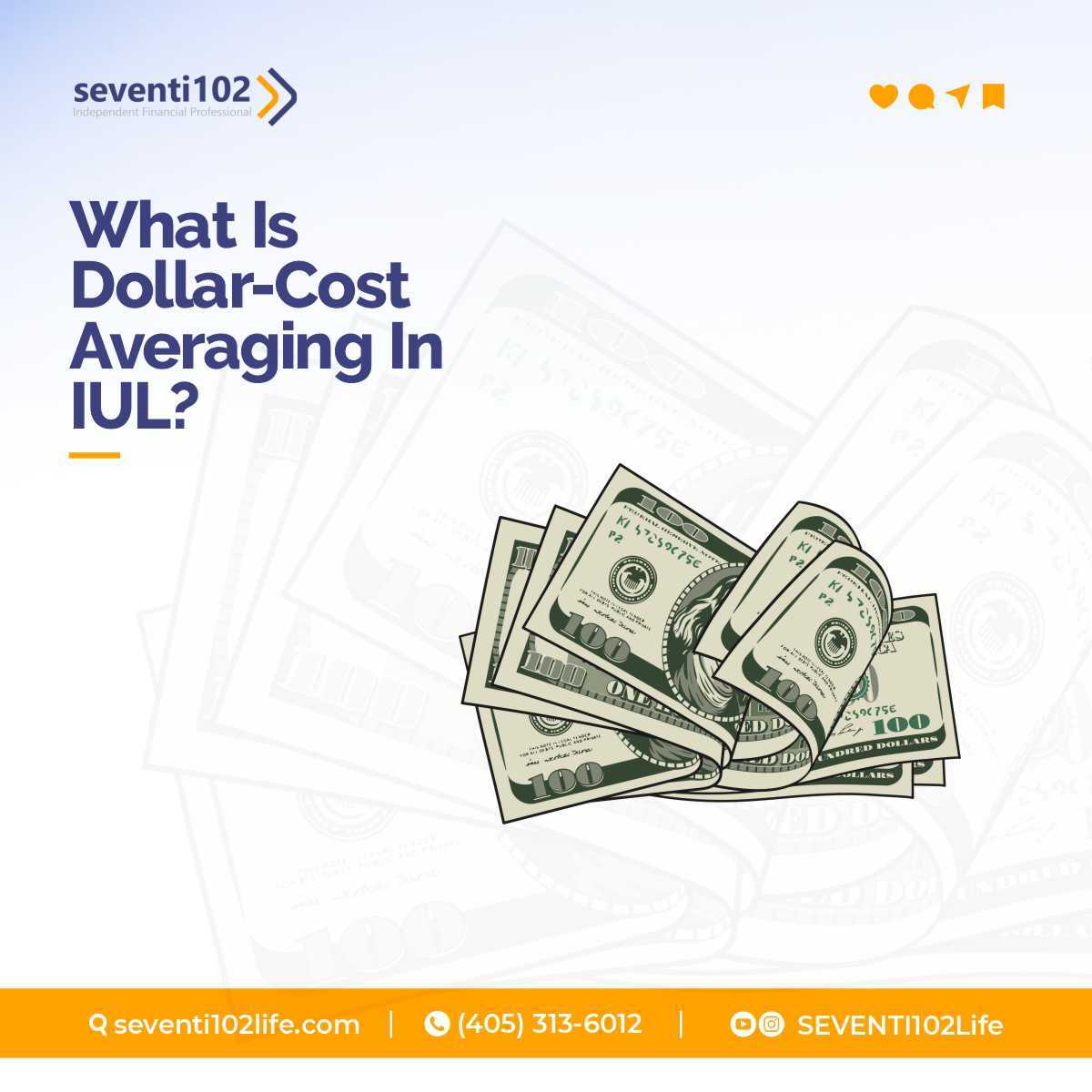There is a vital component often overlooked in financial planning and insurance: protection against critical illness. In this comprehensive guide, we will delve into the critical illness rider within Indexed Universal Life Insurance (IUL), dissecting its significance, functionalities, benefits, and considerations. As the insurance continues to evolve, it is important to understand certain concepts like the critical illness rider, in a bid to secure all-round financial security.
Summary
The Critical Illness Rider in Indexed Universal Life Insurance (IUL) emerges as a crucial safeguard against the financial implications of severe health setbacks. It supplements traditional life insurance by providing a lump sum payout upon diagnosis of specified critical illnesses. By comprehensively examining its mechanisms, benefits, and potential considerations, individuals can make informed decisions to fortify their financial security in the face of adversity.
Understanding Critical Illness Rider

A critical illness rider is an add-on feature to life insurance policies, including Indexed Universal Life Insurance (IUL), designed to provide financial protection in the event of a serious medical diagnosis. Unlike traditional life insurance, which pays out upon death, a critical illness rider offers a lump sum payment upon the insured being diagnosed with a covered critical illness during the policy term. This lump sum can be used to cover medical expenses, ongoing care costs, mortgage payments, or any other financial obligations that may arise due to the illness.
How Critical Illness Rider Works in IUL
In an Indexed Universal Life Insurance policy, the cash value component grows based on the performance of an underlying index, such as the S&P 500. The policyholder has the option to allocate a portion of the cash value towards a critical illness rider. If the insured individual is diagnosed with a covered critical illness, a lump sum payment is made from the rider, which does not affect the death benefit of the base life insurance policy. The payout is typically a percentage of the rider’s face amount, which varies depending on the severity of the illness.
Benefits of Critical Illness Rider in IUL

Financial Protection: The primary benefit of a critical illness rider in IUL is the financial protection it offers. In the event of a covered critical illness diagnosis, the lump sum payout can provide much-needed funds to cover medical expenses, replace lost income, or address other financial needs without depleting the cash value or death benefit of the base life insurance policy.
Flexibility: Critical illness riders in IUL policies often offer flexibility in terms of coverage options and payout amounts. Policyholders can tailor the rider to suit their specific needs and budget, choosing coverage amounts that align with their financial circumstances and risk tolerance.
Tax-Free Payout: Similar to the death benefit of a life insurance policy, the proceeds from a critical illness rider in IUL are typically received tax-free. This means that the lump sum payout is not subject to income tax, providing a significant financial advantage during a challenging time.
No Medical Underwriting at Claim: Unlike standalone critical illness policies, which often require extensive medical underwriting at the time of application, critical illness riders in IUL policies typically do not require additional underwriting when a claim is made. As long as the diagnosed illness is covered by the rider, the payout process is relatively straightforward.
Peace of Mind: Knowing that there is financial protection in place in the event of a critical illness diagnosis can provide peace of mind for policyholders and their loved ones. It allows individuals to focus on their recovery without the added stress of financial uncertainty.
Considerations Before Opting for Critical Illness Rider

Cost: While critical illness riders offer valuable benefits, they also come at an additional cost. Policyholders should carefully consider whether the premiums for the rider fit within their budget and financial goals. It’s essential to weigh the potential benefits of the rider against the added expense to ensure it aligns with long-term financial planning objectives.
Coverage Limitations: Critical illness riders typically have specific coverage limitations, including a predefined list of covered illnesses and certain exclusions. Policyholders should review the terms and conditions of the rider carefully to understand what illnesses are covered and any restrictions that may apply. Ensuring adequate coverage for potential health risks is crucial to maximizing the benefits of the rider.
Impact on Cash Value: Allocating a portion of the cash value towards a critical illness rider can impact the growth potential of the policy’s cash value component. Policyholders should consider how this allocation may affect the overall performance of the IUL policy and its ability to accumulate cash value over time.
Policy Surrender Charges: Surrendering an IUL policy with a critical illness rider may incur surrender charges, especially in the early years of the policy. Policyholders should be aware of these charges and consider the long-term commitment required when opting for the rider.
Standalone vs. Rider: Policyholders should evaluate whether a standalone critical illness policy may better suit their needs compared to adding a rider to an IUL policy. Standalone policies may offer more comprehensive coverage options and flexibility but typically come with higher premiums. Comparing the benefits and costs of both options can help individuals make an informed decision.
Comparison with Standalone Critical Illness Policies

Coverage Options: Standalone critical illness policies often offer more extensive coverage options compared to riders attached to life insurance policies. They may cover a broader range of illnesses and provide higher benefit amounts, giving policyholders more comprehensive protection against critical health events.
Premiums: While standalone policies may offer more comprehensive coverage, they typically come with higher premiums compared to critical illness riders attached to life insurance policies. Policyholders should weigh the cost-effectiveness of each option based on their budget and coverage needs.
Flexibility: Standalone critical illness policies may offer more flexibility in terms of coverage customization and policy features. Policyholders can tailor the policy to meet their specific needs and preferences, adjusting coverage amounts and policy terms accordingly.
Underwriting Requirements: Standalone critical illness policies often require more extensive medical underwriting compared to riders attached to life insurance policies. Policyholders may need to undergo medical exams and provide detailed health information to qualify for coverage, which can affect eligibility and premium rates.
Portability: Standalone critical illness policies are typically portable, meaning policyholders can retain coverage even if they change or terminate their life insurance policy. This portability provides added flexibility and continuity of coverage, especially in situations where policyholders may switch insurers or policies.
Common Critical Illnesses Covered

- Cancer
- Heart Attack
- Stroke
- Kidney Failure
- Major Organ Transplant
- Paralysis
- Coma
- Blindness
- Multiple Sclerosis
- Alzheimer’s Disease
Premiums and Costs Associated

Determinants of Premiums: The premiums for a critical illness rider in an IUL policy are influenced by various factors, including the insured’s age, health status, coverage amount, and chosen benefit period. Younger, healthier individuals typically pay lower premiums compared to older individuals or those with pre-existing health conditions.
Premium Payment Period: Policyholders can choose between different premium payment periods for the critical illness rider, such as single premium, level premiums for a specified term, or premiums payable until a certain age. The chosen premium payment structure can affect the overall cost of the rider and the policyholder’s financial commitment.
Rate Guarantees: Some critical illness riders offer premium rate guarantees, ensuring that the premium remains fixed for a specified period, typically for the duration of the rider or the underlying life insurance policy. Rate guarantees provide predictability and stability in premium payments, making it easier for policyholders to budget for insurance expenses.
Cost of Living Adjustments: Policyholders may have the option to add cost of living adjustments (COLA) to their critical illness rider, which increases the coverage amount over time to keep pace with inflation. While COLA riders provide enhanced protection against rising living expenses, they may also result in higher premiums compared to static coverage options.
Rider Fees: In addition to the base premium, policyholders may incur rider fees associated with the critical illness rider. These fees cover administrative costs and expenses related to managing the rider, such as processing claims and providing customer service support.
Exclusions and Limitations

- Pre-Existing Conditions: Critical illness riders typically exclude coverage for pre-existing conditions, meaning that illnesses diagnosed before the policy’s effective date are not eligible for benefits. Policyholders should carefully review the rider’s terms and conditions to understand any exclusions related to pre-existing medical conditions.
- Waiting Periods:Some critical illness riders impose waiting periods before benefits are payable. During this waiting period, which may range from 30 to 90 days after the diagnosis of a covered illness, policyholders are not eligible to receive benefits. Waiting periods serve to prevent fraudulent claims and ensure that the rider is used as intended for significant health events.
- Survival Periods:Certain critical illness riders require the insured to survive for a specified period after the diagnosis of a covered illness to qualify for benefits. This survival period, typically ranging from 14 to 30 days, ensures that the illness is severe and lasting before benefits are paid out.
- Excluded Illnesses:Critical illness riders have specific lists of covered illnesses, and not all critical conditions may be included. Policyholders should carefully review the list of covered illnesses to understand which conditions qualify for benefits and which are excluded from coverage.
- Policy Lapse: If the underlying life insurance policy lapses due to non-payment of premiums or other reasons, the critical illness rider may also terminate, resulting in loss of coverage. Policyholders should maintain the base life insurance policy to ensure continuity of coverage under the critical illness rider.
Claim Process and Documentation

- Notification: In the event of a covered critical illness diagnosis, the policyholder or their representative should notify the insurance company as soon as possible. Most insurance companies have specific procedures for filing a critical illness claim, which may include contacting the claims department or filling out a claim form provided by the insurer.
- Medical Documentation: Policyholders are typically required to provide medical documentation supporting the diagnosis of the covered critical illness. This documentation may include medical records, test results, physician statements, and other relevant medical evidence confirming the diagnosis and severity of the illness.
- Claim Review: Once the insurance company receives the claim and supporting documentation, it will review the information to determine eligibility for benefits under the critical illness rider. The insurer may conduct its own medical assessments or seek additional information from healthcare providers to verify the diagnosis and assess the severity of the illness.
- Benefit Payout:If the claim is approved, the insurance company will initiate the payout process for the critical illness benefit. The lump sum payment is typically made directly to the policyholder or their designated beneficiary, providing financial assistance to cover medical expenses and other financial obligations related to the illness.
- Appeals Process: If a critical illness claim is denied or disputed by the insurance company, policyholders have the right to appeal the decision. The appeals process may involve submitting additional documentation, providing further medical evidence, or engaging in discussions with the insurer to resolve the dispute and secure the rightful benefits under the rider.
The Future of Critical Illness Rider in IUL

As healthcare costs continue to rise and individuals seek comprehensive financial protection against critical health events, the demand for critical illness riders in Indexed Universal Life Insurance policies is likely to grow. Insurers may innovate to offer more flexible coverage options, enhance policy features, and streamline claim processes to meet the evolving needs of policyholders.
Innovations: Insurance companies are likely to introduce innovative features and enhancements to critical illness riders in IUL policies. This could include incorporating advanced medical technologies for faster claims processing, implementing predictive analytics to assess health risks, and offering personalized wellness programs to promote policyholder health and prevent critical illnesses.
Market Trends: Market trends such as demographic shifts, advancements in medical treatment, and changes in regulatory frameworks may influence the evolution of critical illness riders in IUL policies. Insurers will need to stay abreast of these trends and adapt their product offerings accordingly to remain competitive in the marketplace.
Consumer Education: As awareness of critical illness riders grows, insurers will invest in consumer education initiatives to help individuals understand the importance of these riders and how they can complement existing life insurance coverage. Education campaigns may focus on explaining coverage options, highlighting the benefits of early planning, and debunking common misconceptions about critical illness insurance.
Integration with Health Technologies: With the rise of digital health technologies such as wearable devices, tele-medicine, and health tracking apps, insurers may explore opportunities to integrate these technologies with critical illness riders. By leveraging real-time health data and analytics, insurers can better assess risk, tailor coverage options, and encourage proactive health management among policyholders.
Regulatory Changes: Regulatory changes and updates in the insurance industry may impact the design and implementation of critical illness riders in IUL policies. Insurers will need to stay compliant with regulatory requirements while also addressing evolving consumer needs and market dynamics.
You can book a free strategy call with us at Seventi102 Life and we will be quite happy to provide all the necessary guidance that you may require to make the most of your policy and incorporate the Critical Illness Rider.
Conclusion
The Critical Illness Rider in Indexed Universal Life Insurance (IUL) offers valuable financial protection against the unexpected costs of severe health conditions. By understanding its mechanisms, benefits, considerations, and future trends, individuals can make informed decisions to safeguard their financial well-being and peace of mind. As the insurance landscape continues to evolve, critical illness riders in IUL policies will play an increasingly important role in comprehensive financial planning strategies.
There is a lot of amazing features that can be explored in IUL. These features provide a safety net for you and for your loved ones. You should check out this video on how to safeguard your future and that of your loved ones against unforseen circumstances like job loss or illnesses.
FAQs
Question 1: What is the difference between a critical illness rider and a standalone critical illness policy?
Answer: A critical illness rider is an add-on feature to a life insurance policy, providing coverage for specified critical illnesses in addition to the death benefit. In contrast, a standalone critical illness policy is a separate insurance policy that solely covers critical illnesses and does not include a death benefit component.
Question 2: Can I add a critical illness rider to an existing life insurance policy?
Answer: In most cases, yes. Many insurance companies offer critical illness riders as optional add-ons to their life insurance policies, allowing policyholders to enhance their coverage by adding protection against critical health events.
Question 3: What types of critical illnesses are typically covered by a critical illness rider?
Answer: Common critical illnesses covered by critical illness riders include cancer, heart attack, stroke, kidney failure, major organ transplant, paralysis, coma, blindness, multiple sclerosis, and Alzheimer’s disease, among others.
Question 4: Are critical illness benefits taxable?
Answer: In general, critical illness benefits received from a life insurance policy, including those paid out through a critical illness rider, are typically received tax-free. However, it’s advisable to consult with a tax advisor or financial professional to understand the tax implications specific to your situation.
Question 5: Is there an age limit for purchasing a critical illness rider?
Answer: Age limits for purchasing a critical illness rider may vary depending on the insurance company and policy terms. Some insurers may impose maximum age limits for adding a critical illness rider, while others may offer coverage options for individuals of all ages. It’s essential to review the policy terms and consult with an insurance agent to determine eligibility based on age.
We hope you gained much from this article. Our previous article was on Chronic Illness Rider in IUL. You can check it out as it contains a lot of valuable information.

